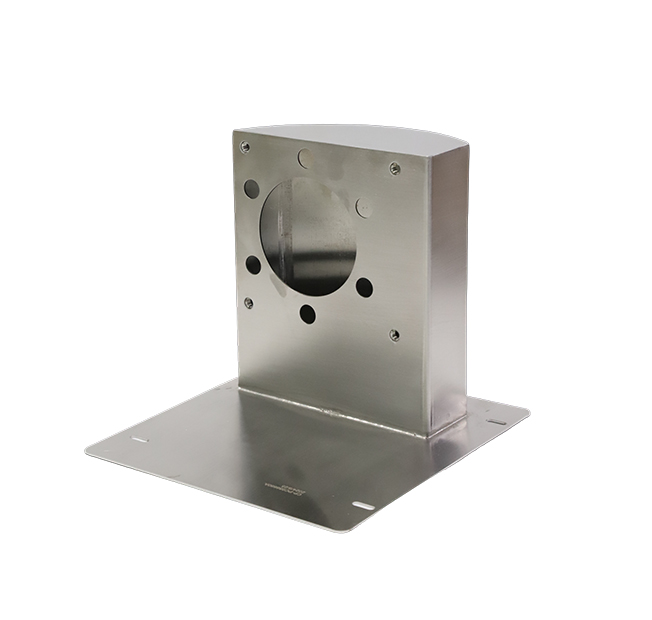Time:2025-06-16 Views:0 source:CNC Machining customization source:CNC Machining news

Sheet metal equipment enclosures play a vital role in mechanical manufacturing by protecting the internal machinery and equipment from external factors while also providing ease of access for operation and maintenance. One of the key considerations in the design and fabrication of these enclosures is strength and durability. Cold - rolled steel is frequently used as the base material. It can be fabricated into robust enclosures through processes like stamping, welding, and bending. The thickness of the steel sheet is carefully selected based on the expected load and impact resistance requirements. For example, enclosures for heavy - duty industrial machinery may use thicker steel sheets to withstand potential collisions and vibrations.
Corrosion protection is also essential, especially for equipment operating in harsh industrial environments. Surface treatments such as powder coating are commonly applied. Powder coating provides a thick, durable, and uniform layer that protects the sheet metal from rust, chemicals, and abrasion. Electroplating can also be used, especially for parts that require additional corrosion resistance or a specific aesthetic appearance. In addition to protecting the equipment from external corrosion, proper ventilation and heat dissipation features are incorporated into the design of sheet metal equipment enclosures. This is crucial for preventing overheating of the internal machinery, which can lead to reduced performance and premature failure. Ventilation openings are strategically placed, and in some cases, fans or heat sinks are installed to ensure efficient heat transfer.
Ease of assembly and disassembly is another important aspect. Sheet metal enclosures are often designed with modular components and standardized fasteners. This allows for quick and easy installation during the manufacturing process and simplifies maintenance and repair operations. Access doors, panels, and hatches are incorporated into the enclosure design, providing convenient access to the internal equipment for inspection, cleaning, and replacement of parts. Locking mechanisms are also installed on access points to ensure the security of the equipment and prevent unauthorized access. Moreover, the design of sheet metal equipment enclosures takes into account ergonomic factors. Handles, grips, and control interfaces are designed to be user - friendly, allowing operators to interact with the equipment comfortably and safely. By considering these various factors, sheet metal equipment enclosures in mechanical manufacturing can effectively protect the equipment, enhance its performance, and improve the overall efficiency of the manufacturing process.
Read recommendations:
Sealing ring Precision electronic parts
Housing components for recessed downlights Precision electronic parts
Oval Magnetic Hardware Precision electronic parts
CNC Machining Dimension Accuracy
CNC processing factory - Meeting customers' strict requirements for precision